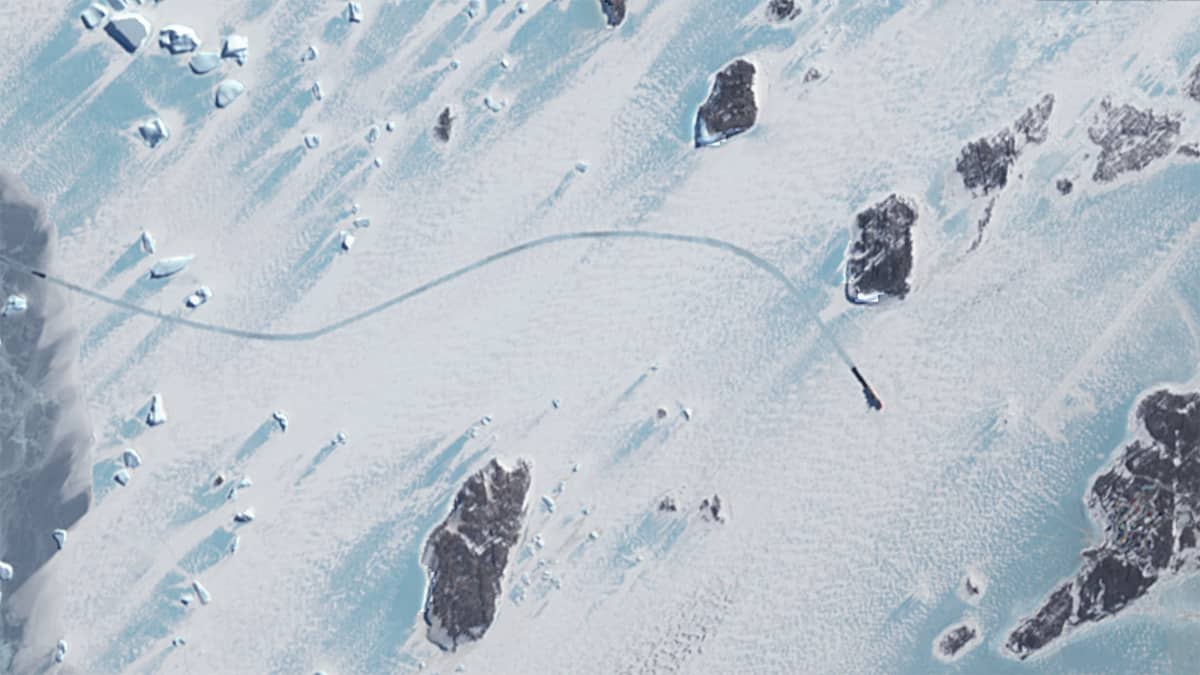
Voyage of the Nuyina
East Antarctic Coast
– October 26th, 2024 | 03:57:48 UTC
– November 09th, 2024 | 03:37:45 UTC
Sensor: Sentinel-2 L2A
This Sentinel-2 image (Figure 1) shows the coastal region of the Antarctic Cooperation Sea covered by pack ice and fast ice. It can be seen that a curved line runs through the ice field towards the coast. This is the frozen track of a ship that has broken through the ice to the coast, where there is a human settlement. This is Davis Station, one of Australia’s permanent bases and research outposts in Antarctica. Davis is located in an Antarctic oasis, a largely ice-free area known as the Vestfold Hills. This area is located on the east coast of the Amery Basin, Cooperation Sea – Princess Elizabeth Land, Ingrid Christensen Coast in the Australian Antarctic Territory. The Station is 4,838 km from Hobart, the main supply hub for Australian Antarctic Division operations.
The 160 metre long ship, whose deck shadow can be seen on the ice, is the RSV Nuyina, based in Hobart, Tasmania. Her name means “Aurora Borealis” in the language of the Tasmanian Aborigines.
The ship’s hull is ice-strengthened (ice class PC3). It can break through ice up to 1.65 metres thickness at a speed of 3 knots. Its maximum speed is about 16 knots and the cruising speed is about 12 knots. The ship can stay at sea for up to 90 days and cover more than 16,000 nautical miles.
This autumn, the ship left Hobart on 8 October at 03:10 UTC and has been at the position 68.5797°S, 77.9301°E since 23 October 2024;approximately 0.7 nautical miles from the Davis station. Some ice-free water can be seen behind it (Figure 1). Near the shore, in the area of blue ice, traces of the transport can be seen (Figure 2).
On 2 November, the vessel began its return journey, leaving a loop of tracks on the ice (Figure 2) and returned to Hobart on 17 November 2024 after 15 days at sea, docking at pier Macquarie Wharf 6.





